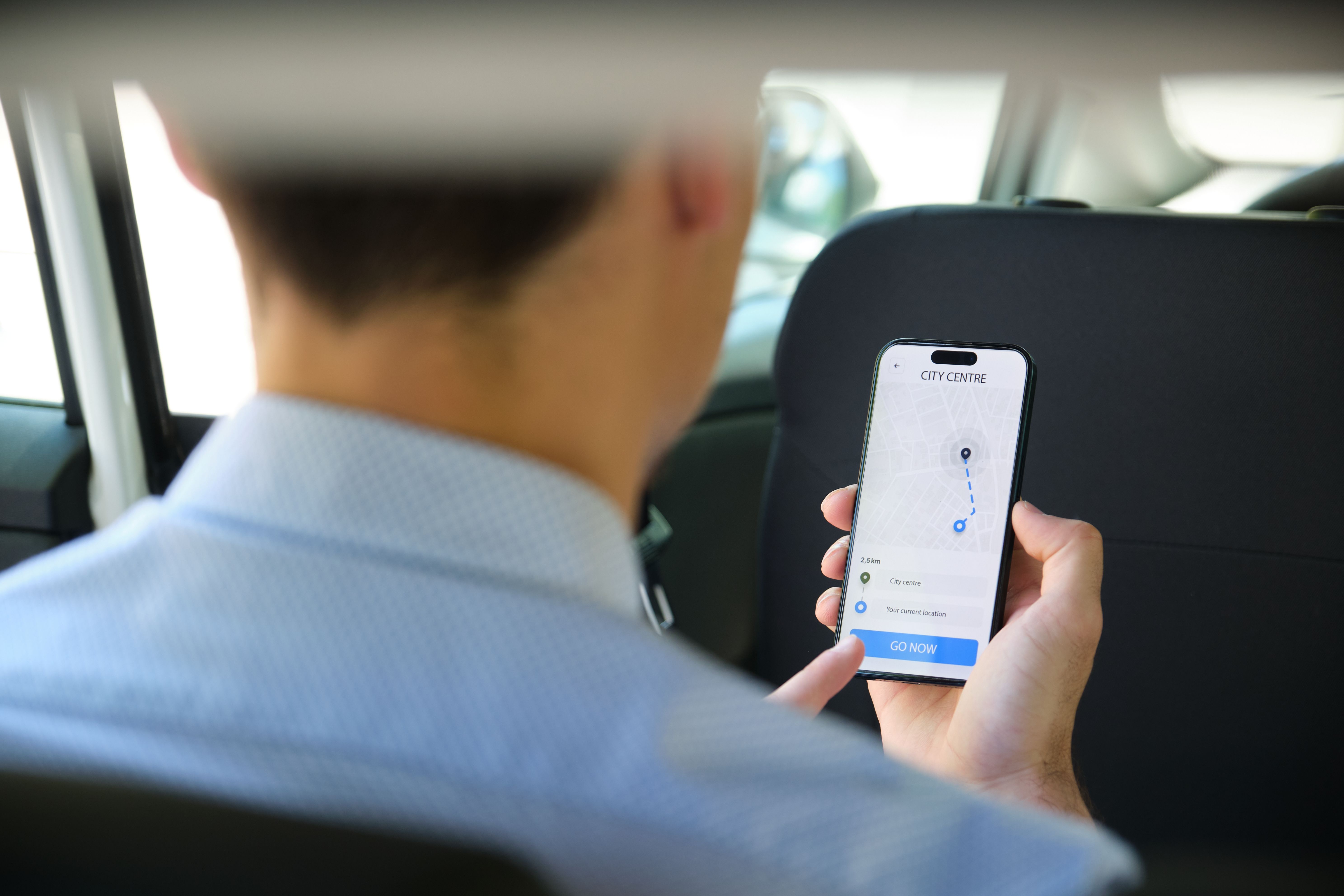Debunking Myths: Understanding Taxi and Delivery Services
Introduction
As the transportation industry evolves, taxi and delivery services are becoming increasingly integral to our daily lives. However, numerous myths and misconceptions still surround these industries. In this post, we'll debunk some common myths and provide a clearer understanding of how taxi and delivery services truly operate.
Myth 1: Taxis Are Always More Expensive Than Ride-Sharing Apps
One of the most pervasive myths is that taxis are consistently more expensive than ride-sharing apps. While it's true that ride-sharing services often advertise lower base fares, additional charges such as surge pricing during peak hours can significantly increase costs. In contrast, taxis typically offer stable pricing structures, which can be more economical in certain situations.

Myth 2: Delivery Services Are Only for Food
Another misconception is that delivery services solely cater to food orders. In reality, modern delivery services have expanded their reach to include a wide array of products. From groceries to pharmaceuticals, and even retail goods, delivery services are equipped to handle various needs, offering convenience beyond just food.
Moreover, some delivery platforms now offer same-day or next-day delivery options for a diverse range of products, further underscoring their versatility and importance in today's fast-paced world.
Myth 3: Taxis Are Not Technologically Advanced
There's a belief that taxis lag in technology compared to newer ride-sharing options. However, many taxi services have embraced technology to enhance user experience. Features such as mobile apps for booking rides, GPS tracking for real-time updates, and cashless payment options are now standard offerings from numerous taxi companies.

Myth 4: Delivery Services Are Not Environmentally Friendly
While it's easy to assume that delivery services contribute negatively to environmental impacts, many companies are actively working to improve sustainability. By optimizing delivery routes and incorporating electric or hybrid vehicles into their fleets, delivery services are taking significant steps toward reducing their carbon footprint.
Additionally, efforts to minimize packaging waste and adopt eco-friendly materials further demonstrate a commitment to environmentally responsible practices within the industry.

Myth 5: Taxis Lack Safety Measures
Some people believe that taxis do not prioritize passenger safety as much as ride-sharing services. On the contrary, reputable taxi companies maintain strict safety standards. Regular vehicle inspections, driver background checks, and adherence to local regulations ensure a safe travel experience for passengers.
Furthermore, many taxi companies have implemented additional safety measures such as in-car surveillance and emergency contact features to enhance passenger security.
Conclusion
In conclusion, it's crucial to look beyond common myths and misconceptions to gain a comprehensive understanding of taxi and delivery services. These industries continue to innovate and adapt to meet the evolving needs of consumers. By acknowledging their advancements and capabilities, we can appreciate their role in enhancing our daily lives with convenience, safety, and sustainability.
